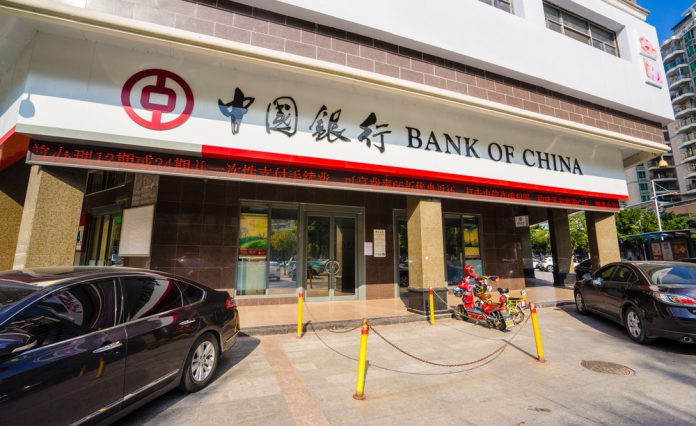The Chinese Yuan is on track to become the worst-performing Asian currency this year, set for its biggest annual loss since 1994.
The currency firmed against the dollar on Friday but remains down 7 percent on the year. It is expected to lose further steam next year as President-elect Donald Trump takes to the White House, aiming to raise interest rates and further boost economic growth.
Late on Thursday the People’s Bank of China announced a change in the way in how a key yuan index will be calculated as of 2017, nearly doubling the number of foreign currencies used to set the yuan’s value.
The Dollar’s weight will be reduced to 22.4 per cent from 26.4 per cent, and the Euro to 16.34 per cent from 21.39 per cent, according to the China Foreign Exchange Trade System (CFETS).
The central bank was more inclined to release depreciation pressure on the yuan this time last year, when they loosened their grip on the spot rate and let the currency weaken to elevate the dollar purchase cost for those who want to swap yuan for dollars at the beginning of the next year,” one trader at a Chinese bank told Reuters.
“But this time, authorities want to stabilize the currency as they are afraid of triggering stronger expectations of depreciation,” he said.
The Yuan is currently up 0.072 percent on the Dollar, down 0.022 percent against the Pound and up 0.077 percent against the Euro (1021GMT).
Before the markets opened on Friday the People’s Bank of China set the yuan’s midpoint rate for the day’s trading at 6.9370 per dollar, against Thursday’s fix of 6.9497.

